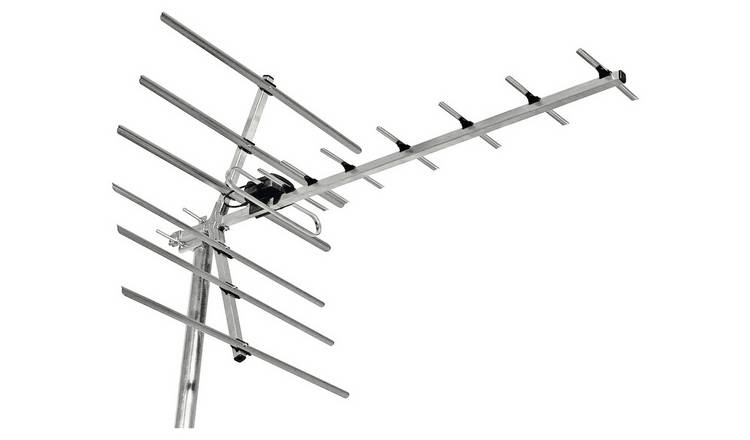Understanding TV Aerial Frequencies and Channels in the UK
Television broadcasting has long been a staple of entertainment and information in the UK, evolving from the black-and-white images of the 1950s to today’s digital broadcasts offering a plethora of channels and services. Central to receiving these broadcasts is an understanding of TV aerial frequencies and channels, which are the invisible highways through which content travels from broadcasters to our screens. This guide delves into the intricacies of these frequencies and channels, providing a comprehensive understanding essential for any TV viewer in the UK.
The Transition to Digital Broadcasting
Before discussing specifics, it’s crucial to acknowledge the significant shift from analogue to digital broadcasting that took place in the UK. This transition, completed in 2012, saw the cessation of analogue signals and the adoption of digital terrestrial television (DTT), significantly expanding the number of available channels and improving picture quality. This digital switchover has made understanding TV aerial frequencies and channels more relevant than ever.
The Basics of TV Frequencies
At its core, a TV signal is an electromagnetic wave that carries audio and visual information from broadcasters to your TV aerial. These signals operate on different frequencies, measured in megahertz (MHz). In the UK, TV broadcasts utilise UHF (Ultra High Frequency) bands IV and V, spanning from 470 MHz to 862 MHz. Understanding these frequencies is pivotal for selecting the right TV aerial and troubleshooting reception issues.
Freeview and Its Channels
Freeview, the UK’s digital terrestrial television service, provides a wide array of channels without subscription fees. It utilises multiple frequencies across the UHF band to broadcast over 70 standard channels and up to 15 HD channels. The specific channels and their quality depend on one’s location and the aerial’s capability to receive the available frequencies.
Multiplexes: The Carriers of Digital Channels
Digital TV signals are broadcasted in groups known as multiplexes. Each multiplex carries multiple channels on a single frequency, showcasing the efficiency of digital broadcasting. The UK operates several multiplexes, such as BBCA, D3&4, and BBCB (for HD content), each assigned to specific UHF channels. Knowledge of these multiplexes is useful when tuning your TV or diagnosing reception problems.
TV Aerials and Reception Quality
The type and condition of your TV aerial play a crucial role in determining the reception quality of various channels. High-gain aerials are recommended for areas with weak signals, whereas a wideband aerial is ideal for receiving the full spectrum of UHF frequencies. Regular maintenance and correct positioning towards the nearest transmitter are essential for optimum reception.
Regional Variations and Frequencies
The UK’s geography influences the allocation of TV frequencies and channels. Regional transmitters may broadcast specific multiplexes on different frequencies to avoid interference. Consequently, viewers in different parts of the UK may need to adjust their aerials or retune their TVs to receive all available channels properly.
Planning and Installation Considerations
Installing a TV aerial involves more than just mounting hardware; it requires careful planning to ensure optimal reception. Understanding the direction of the nearest transmitter, potential obstacles (e.g., tall buildings or trees), and the appropriate aerial type is fundamental. Consulting a professional aerial installer or referring to resources like the Digital UK website can provide valuable guidance.
Future of TV Broadcasting in the UK
The TV landscape continues to evolve, with advances in technology and changes in consumer habits shaping the future of broadcasting. The potential reallocation of TV frequencies for mobile data services and the increasing shift towards on-demand streaming platforms may alter how we access TV content. Staying informed about these changes will ensure that viewers continue to enjoy their favourite shows without disruption.
Closing Thoughts
The complex world of TV aerial frequencies and channels is the backbone of television viewing in the UK. From choosing the correct aerial to understanding regional frequency variations, knowledge of these aspects is essential for achieving the best possible TV reception. As broadcasting technology advances, keeping abreast of changes and adapting to new standards will be crucial for every UK viewer seeking to maximise their television experience.

